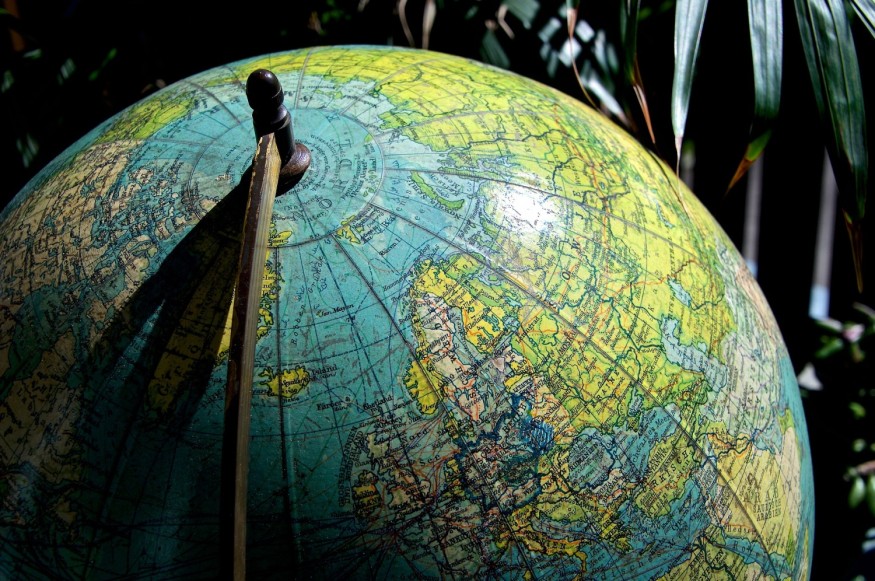
A new research confirms the magnetic north pole is shifting faster toward Siberia, and it's doing so at unprecedented speeds.
National Oceanic and Atmospheric Administration revealed a new "World Magnetic Model" for 2020, showing that the pole is speeding toward northern Russia. The trend, however, is expected to change.
The north magnetic pole slowly moves across the Canadian Arctic toward Russia since 1831. Its swift movement toward Siberia at a rate of around 34 miles per year forced scientists to update the World Magnetic Model.
The pole will continue on its path to Russia, according to the World Magnetic Model 2020, but the speed slowly decreases to about 24.8 miles a year. The pole, since its discovery in 1831, has traveled 1,400 miles.
It's essential to know the difference between the magnetic north pole and the geographic north pole. The geographic north pole, located on the "top" of the world, does not move. The magnetic poles, however, continually drifts and moves more rapidly than ever before in recent years.
In addition to GPS, the WMM plays an essential role in navigating as armies, aviation, and shipping industries worldwide rely on it for a wide variety of navigational applications.
The magnetic field modifies its polarity per several hundred thousand years, where the magnetic north pole resides at the geographic South Pole. The last repeal took place more than 700,000 years ago.
Researchers, in a new study, found that the last field reversal took more than 20,000 years to complete, which much longer than anticipated or expected.
The magnetic pole - according to NOAA's researchers - will continue its trip toward Siberia. However, the pace will slow down a bit as we push into the new year.
While some believe reversals could happen throughout human life, the findings don't support the said theory.
Researchers studied the reversal by analyzing a global survey of lava flows, ocean sediments, and Antarctic ice cores. The details in the samples showed how Earth's magnetic field weakened, shifted partially, stabilized, and reversed over a million years.
Brad Singer, study author and University of Wisconsin-Madison geologist, told CNN that reversals generate in the deepest parts of the Earth's interior. The effects expose themselves through the Earth's surface and in the atmosphere, he said.
"It is [challenging even to discuss] what the [technicalities] of generating a reversal are," Singer explained, unless someone has a full, precise, and clear report of what a field reversal is like on Earth's surface.
The researchers said the magnetic field declines in about five percent each century, which is a sign of weakening in the field point to an upcoming reversal. The team added it is challenging to know when the reversal would happen.
The reversal - if it happens during our lifetime - could affect navigation, satellites, and communications. However, the researchers consider that we would have generations to adjust for long periods of instability in the magnetic field.
What exactly does the result mean for the fate of humanity? Well, very little. These types of modifications to the planet's magnetic poles are not tied to any end-of-the-world situations, despite what popular science fiction movies would have you believe.
© 2025 NatureWorldNews.com All rights reserved. Do not reproduce without permission.





